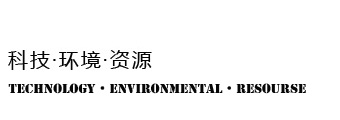Analysis of waste PCB circuit board recycling methods
With the industrialization and scale of PCB processing and the wide application of electronic products, more and more electronic wastes are generated and manufactured in the production and living activities of human society.
Waste PCBs contain heavy metals such as lead, mercury, and hexavalent chromium. If they are discarded at will, PCBs also contain toxic chemicals such as polybrominated biphenyls (PBB) and polybrominated diphenyl ethers (PBDE) as flame retardant components. Not only will it pollute the environmental soil and water resources, potentially endanger human health, but also cause wasted resources, which are difficult to recycle. There are nearly 20 kinds of non-ferrous metals and rare metals on scrap PCBs, which have high economic value for recycling.
Therefore, it is particularly important to properly dispose of waste PCB circuit boards.
Today we talk about several ways to deal with electronic waste:
1 Physical method
According to the different physical properties of PCB, physical and mechanical means are used for recycling.
1.1 Broken
Mechanically crush the PCB to disintegrate and separate its metal and organic matter, improving the separation efficiency. When the crushed particles reach 0.6mm, the metal can basically achieve 100% dissociation, but the selection of the crushing method and the number of stages depends on the subsequent process.
1.2 Sorting
According to the differences in their physical properties such as density, particle size, electrical conductivity, magnetic permeability and surface characteristics, the crushed materials can be processed by wind shaker technology, flotation separation technology, cyclone separation technology, floating-sink separation and eddy current separation technology, etc. sorting.
2 Supercritical technology treatment method
This method will not change the chemical composition of the PCB material. Through pressure and temperature, the supercritical fluid is dissolved separately, and then extracted, separated and purified. Compared with traditional extraction methods, supercritical CO2 extraction is more environmentally friendly, easy to separate, low toxicity, less or even no residue, and has the advantages of normal temperature operation.
Supercritical processing technology is not without its flaws. For example, the entrainer used in the extraction is harmful to the environment; the high-pressure and high-temperature extraction method requires high equipment and high energy consumption.








Leave a Comment